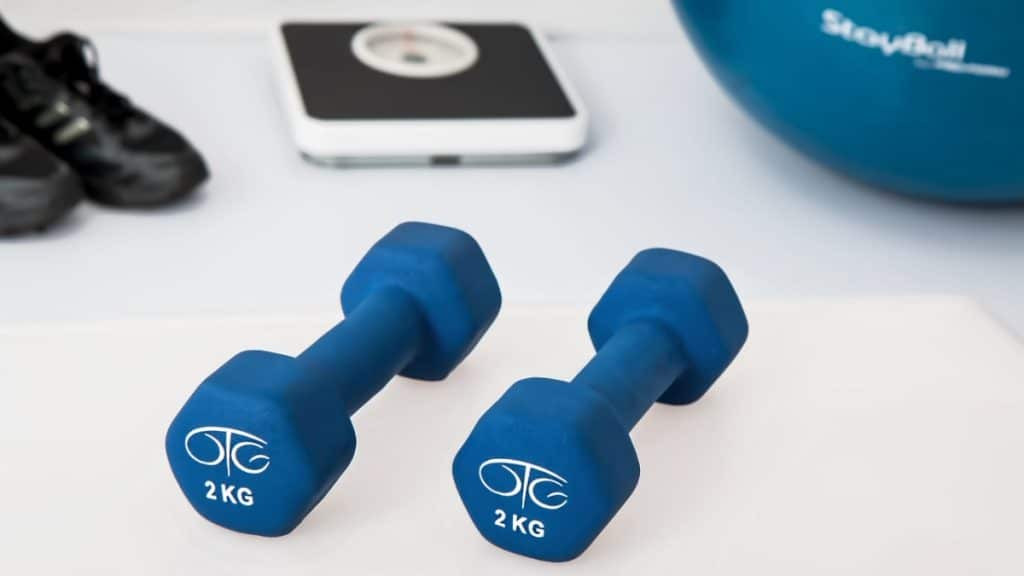For those setting out on a fitness journey, it’s important to consider sustainability. Many start out feeling pumped and jump right into exercising rigorously without considering the flow of their routine. Regular physical exercise is needed to stay fit and helps improve your health.
However, without proper planning, it might not work out as you hoped. But then, how does one make a well-rounded fitness plan that’s sustainable and also gives results? Read on for advice on how to approach this.
Nutrition for Sustained Energy
Exercising is only one part of the fitness equation; the other is proper nutrition. Your body requires fuel and ensuring a balanced supply would help you power along faster. Talking about nutrition, you need to take care of the big three: proteins, carbohydrates, and fats as these are the ones causing the biggest impact. This, along with supplements from a steroids wholesale website could help increase size and performance in the gym.
Proteins from lean meats and beans help repair and build muscles, while carbs from whole grains provide quick and long-lasting energy. Healthy fats from sources like nuts and seeds promote overall health and give sustained energy. Hydration is equally important as eating, as drinking water before, during, and after exercise helps eliminate dehydration and maintain performance.
Setting Realistic Goals
First, start by understanding what sustainable means concerning fitness: planning a routine that is realistic, achievable, and one you can maintain over time. It would do you no good to start off thinking you’ll be looking like a ripped movie star in six months. That’s not how it works.
Instead, you should start by defining clear, achievable objectives that align with the current fitness level and lifestyle. Breaking these down into short-term (weekly or monthly) and long-term (six months to a year) plans will help you build perspective on them. For the short term, these could be increasing workout durations by 10 minutes every week, while a realistic long-term goal could be to lose a certain amount of weight.
This will give you a glance at the bigger picture: overall fitness, which is the very essence of a sustainable routine.
Creating a Balanced Workout Plan
A good fitness routine includes a mix of exercises that span throughout the body, targeting all muscles. For those starting out, try keeping workout session intensities low to avoid overworking the body as it gets time to adjust. Also, keeping proper form while lifting weights and exercising is better than lifting more than you’re able to.
Cardio training like cycling or running is effective as well, alongside gym exercises such as weightlifting. Some may consider yoga helpful too as it helps with flexibility.
Incorporating Rest and Recovery
Resting and recovering between sessions should not be skipped under any circumstances. These are demanded by your body so it can repair the worked muscles and reset your fatigue levels. Additionally, proper rest ensures your muscles can grow while also reducing the chances of injury. Sleeping the recommended amount of time replenishes the energy you deplete during workouts.
According to medical research, athletes are recommended to take a break every day after every seven to ten days. However, this varies, and some may find it more effective to take a break once or even twice a week.
Conclusion
Having a plan for sustainable fitness will enable you to actually get your desired results while avoiding burnout. Taking care of each component discussed like exercise, food, and sleep helps bring you one step closer to your goal.
Start with a positive frame of mind and stay consistent and patient while trusting the process.
